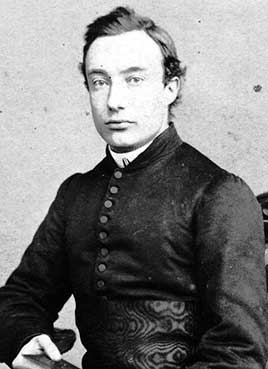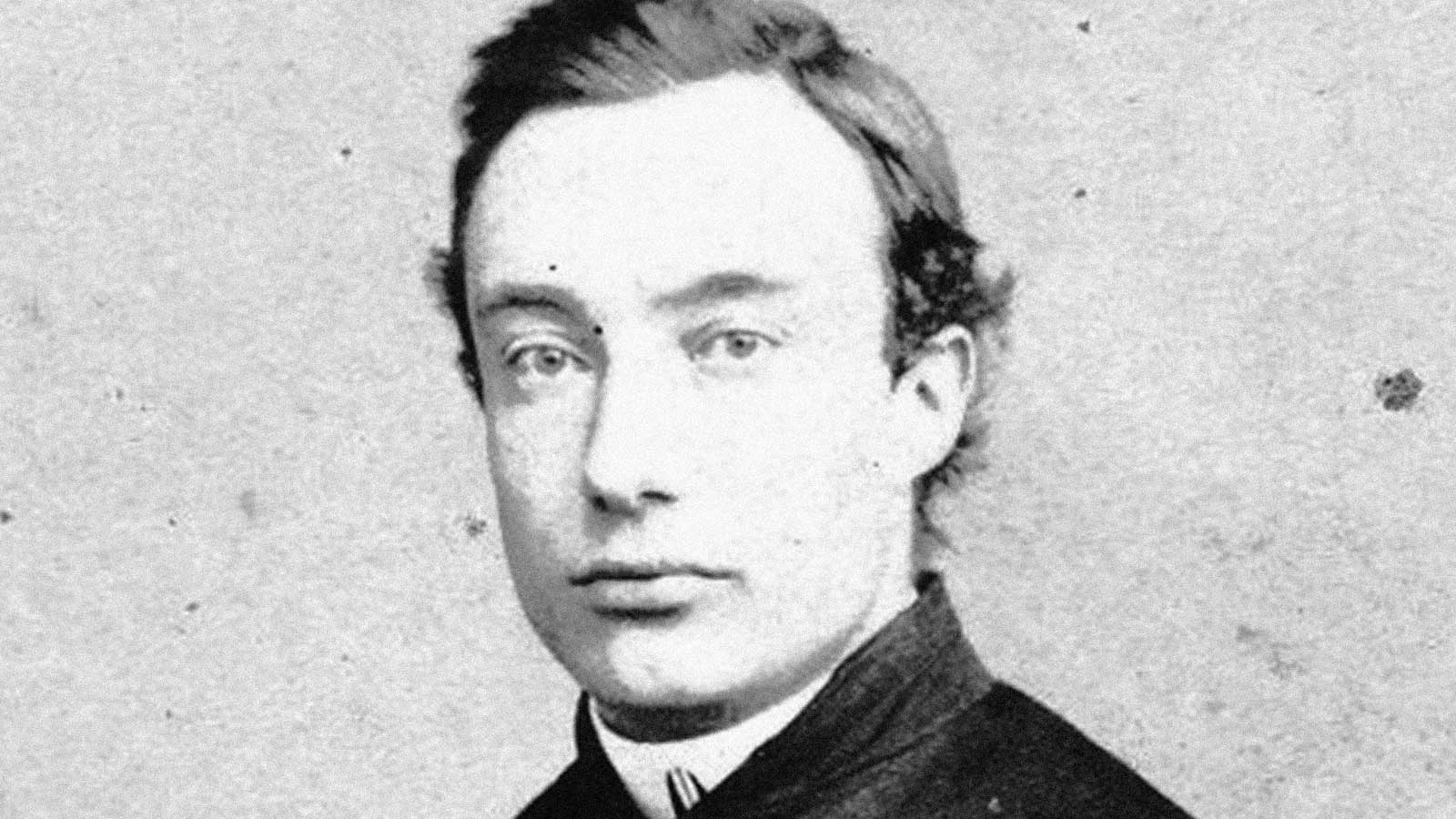Bishop Ferdinand Hamer (1840-1900). A CICM Martyr

During the summer of 1864, when Father Théophile Verbist visited some seminaries in the Netherlands to win candidates for the mission work in China, Ferdinand Hamer was the first to present himself. This was barely a couple of weeks before his ordination to the priesthood.
On August 21, 1840, Ferdinand Hamer is born in Nijmegen, where his parents have a grocery store. He is the seventh of nine children. One brother enters the Franciscan order, and another becomes a Jesuit. He joins the little community in Scheut in 1864. He quickly feels at home there. In a letter written in early January 1865, he characterizes his five companions as broad-minded guys with open hearts.
On August 15, 1865, he professes his first vows, and ten days later he begins his journey to China with the first group of Scheutists. His companions are Théophile Verbist, Aloïs Van Segvelt, Frans Vranckx, and Paul Splingaerd, a lay person. On December 5, 1865, they arrive in Xiwanzi, the central mission station of Inner Mongolia, and also the very first mission station of the Congregation.
To East Mongolia
He can scarcely stammer a few words in the Chinese language when he is assigned in the territory of the “Black Waters” in East Mongolia. This makes him feel helpless in the midst of all the work. Initially, he has to leave most of it to a newly ordained Chinese priest. In order to discuss the work and other matters with the young Chinese priest, he has to use the Latin language. Yet, he does not lose courage. At the end of 1897, he says that those years in East Mongolia, despite poverty, famine, bandits, and other miseries, were the most beautiful of his life
Apostolic Vicar of Gansu
In 1878, Scheut is entrusted with the Gansu vicariate, a territory deep in China that also includes Chinese Turkestan and borders Russia in the West. Father Hamer appears to be the right man to direct the unusually difficult task of organizing the evangelization in this area. Pope Leo XIII sends him his appointment in full trust. On October 27, 1878, the young Vicar Apostolic receives the episcopal consecration at Xiwanzi from the hands of Msgr Jaak Bax. A month later he is on his way to his vicariate, hundreds of kilometers away.
Seven years later the number of mission stations has grown to 17. There is a minor and a major seminary, a number of orphanages, and medical consultation bureaus.
In a letter to his family, dated May 22, 1882, he describes some of his experiences. What follows is the translation of the original text: “I am as pleased with the missionary life as I was in the first days. I believe that, should I have to leave it even for a short time, it would mean a greater sacrifice for me than when I left Europe and everything that was dear to me. I love the Chinese as my children, and I now have eight good and virtuous priests with me, who all work diligently and live together in love and unity as true brothers. About the mission of Kansu: since this was a totally new mission, I found nothing in order. There was, so to speak, nothing. Everything had to be started from the beginning. We found here only 1,300 Christians, scattered here and there, completely neglected, poorly instructed, and who scarcely deserved the name of Christian.”[1]
For his confreres Msgr Hamer is a true father. “The Bishop,” one of them writes, “always received us with open arms. It was a true joy for him when he could share with his priests what he received from Europe. He inspired them to diligence through his friendly letters. In particular, he knew how to comfort and encourage whenever anyone was faced with the resistance of the mandarins, or when he saw that the work remained without result.”[2]
Apostolic Vicar of Southwest Mongolia
First East Mongolia, then Central Mongolia, next Gansu and finally Southwest Mongolia (Ortos). It should be kept in mind that in the 1880s the Ortos mission is known as one of the most difficult in the whole territory. “The distances between the various districts are great,” one of the confreres writes, “and the journeys very difficult…the roads pass through deserts or sparsely populated areas. It is extremely difficult to find food provisions, and one has often to sleep out in the open with temperatures not seldom more than thirty centigrade below zero.”
Martyrdom
In 1899 a secret sect is spreading in north China. Its members call themselves “the united fists for peace and justice,” which Europeans incorrectly shorten to “boxers.” This sect fosters a merciless hatred to all foreigners and their followers. They also want to uproot and wipe out Christianity. It is especially in the months of July and August of 1900 that they inflict an extremely painful trial on the missions. We can only admire the heroic attitude of Bishop Hamer. While he orders his missionaries to care for their safety, he himself stays with the Christians at the main mission. With genuine magnanimity he is ready to give his life for them. The boxers take him prisoner. For four days he undergoes interrogation after interrogation, and all kinds of tortures. On July 24, he is put on a cart and brought to the vicinity of T'uo-ch'eng City (Duosheng) where he is atrociously put to death. Three poles are fixed in the ground, tied together at the top and furnished with an iron hook. Next to this a pot of oil. The martyr is taken from the cart, stripped of his clothes, wrapped with cotton cloth which is then soaked with oil. Then the victim is tied, lifted by the feet, and hooked at the top of the poles, head down. Right away the executioner puts the cotton afire. There is a dreadful scream, and then silence. The sacrifice is accomplished, a sacrifice of love.
We do not know whether or when Bishop Ferdinand Hamer will be beatified. All kinds of obstacles, especially political ones, have so far made official beatification impossible. Anyone who is familiar with his missionary life and heroic death does not hesitate to declare that he is indeed a great saint. After all, a saint is someone who lives solely for the Lord and his brothers and sisters.
André De Bleeker, cicm
General Archivist
[1] Albert Raskin. CICM Profiles. Rome, 1982, 56.
[2] Ibid., 56-57.


